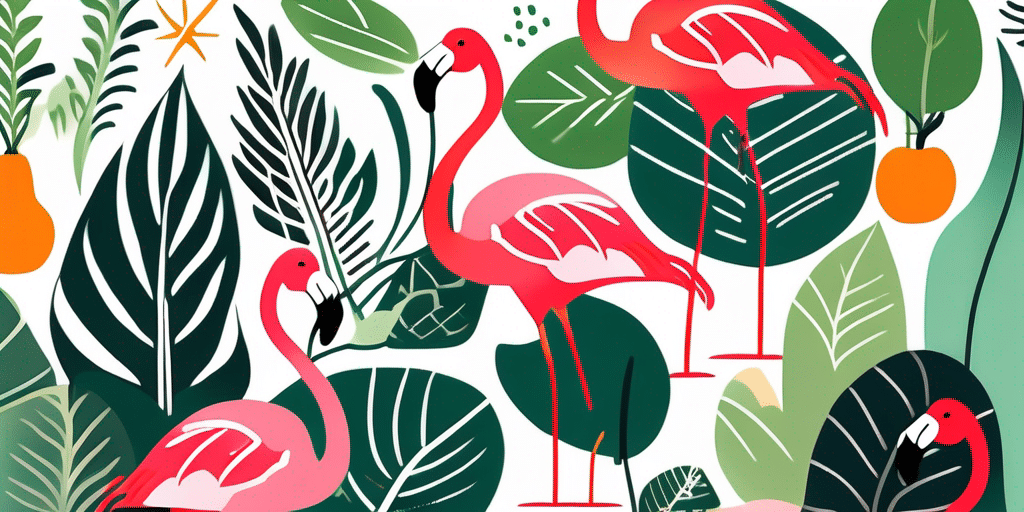Growing Fresno peppers from seeds can be a rewarding experience. These peppers, known for their medium heat and sweet, fruity flavor, are a popular choice among gardeners and chefs alike. Whether you’re a seasoned gardener or a beginner, this guide will take you through the process of growing Fresno peppers from seeds, step by step.
Understanding Fresno Peppers
Before we dive into the planting process, let’s take a moment to understand Fresno peppers. Originating from California, Fresno peppers are similar to jalapenos in terms of heat, but they have a slightly sweeter flavor. They’re commonly used in salsas, sauces, and dishes that call for a bit of a kick.
Fresno peppers are a warm-season crop, which means they thrive in temperatures between 70 and 85 degrees Fahrenheit. They’re also a full-sun plant, requiring at least six hours of direct sunlight each day. According to the USDA, Fresno peppers are high in vitamin C and are a good source of dietary fiber.
Starting Fresno Pepper Seeds Indoors
Due to their long growing season, it’s best to start Fresno pepper seeds indoors. This allows the plants to develop strong roots and foliage before they’re transplanted outdoors. Here’s how to do it:
- Fill a seed tray or pots with a good quality seed starting mix. This type of soil is lighter and more porous than regular garden soil, allowing the delicate pepper seeds to germinate more easily.
- Place the pepper seeds on top of the soil, spacing them about an inch apart. Cover the seeds with a thin layer of soil.
- Water the seeds lightly, ensuring the soil is moist but not waterlogged. Too much water can cause the seeds to rot.
- Place the seed tray in a warm location. The ideal germination temperature for Fresno peppers is between 75 and 85 degrees Fahrenheit.
- Keep the soil moist by misting it with water regularly. The seeds should sprout within 7 to 14 days.
Once the seedlings have developed their first set of true leaves, they can be transplanted into larger pots to allow for further growth.
Transplanting Fresno Pepper Seedlings
When the risk of frost has passed and the seedlings have grown to about 6 inches tall, it’s time to transplant them outdoors. Here’s how:
- Choose a sunny location in your garden. As mentioned earlier, Fresno peppers require at least six hours of direct sunlight each day.
- Prepare the soil by adding compost or a slow-release fertilizer. This will provide the peppers with the nutrients they need to grow.
- Dig a hole that’s large enough to accommodate the root ball of the seedling. Place the seedling in the hole, making sure the top of the root ball is level with the soil surface.
- Backfill the hole with soil, firming it gently around the base of the plant.
- Water the plant thoroughly.
After transplanting, it’s important to keep the soil consistently moist. A layer of mulch around the base of the plants can help retain soil moisture and suppress weeds.
Caring for Fresno Pepper Plants
Fresno peppers require regular care to ensure a healthy, productive crop. Here are some tips:
- Watering: Keep the soil consistently moist, but not waterlogged. Overwatering can lead to root rot and other diseases.
- Fertilizing: Feed the plants with a balanced vegetable fertilizer every 4-6 weeks during the growing season.
- Weeding: Keep the area around the plants free of weeds. Weeds compete with the peppers for nutrients and water.
- Pest and disease control: Watch out for common pepper pests like aphids and cutworms. If you notice any signs of disease, such as yellowing leaves or stunted growth, consult with your local extension service for advice.
Harvesting Fresno Peppers
Fresno peppers are typically ready to harvest about 75 days after transplanting. The peppers are mature when they’re about 2 inches long and bright red. To harvest, simply cut the peppers off the plant with a pair of sharp scissors or pruning shears.
Remember, Fresno peppers are moderately hot, so it’s a good idea to wear gloves when handling them. Also, avoid touching your eyes or other sensitive areas after handling the peppers.
Storing and Using Fresno Peppers
Once harvested, Fresno peppers can be used fresh or they can be stored for later use. Here’s how:
- Fresh: Use fresh Fresno peppers in salsas, sauces, or any dish that could use a bit of heat. They can be stored in the refrigerator for up to a week.
- Drying: Fresno peppers can be dried and then ground into a powder for use as a spice. To dry the peppers, string them up in a dry, well-ventilated area until they’re completely dry. Then, grind them in a spice grinder or food processor.
- Freezing: You can also freeze Fresno peppers for later use. Simply wash the peppers, dry them thoroughly, and then place them in a freezer-safe bag. They can be frozen for up to a year.
Whether you’re a seasoned gardener or a beginner, growing Fresno peppers from seeds can be a rewarding experience. With a bit of care and attention, you can enjoy a bountiful harvest of these flavorful peppers. Happy gardening!
Join the How to Grow Everything Community
Ready to turn your gardening dreams into reality? Subscribe for free to How to Grow Everything and get personalized gardening advice tailored to your location, grow zone, and experience level. Our family is dedicated to helping you build the garden of your dreams with the best gardening tips and special offers, all delivered straight to your inbox. Join our community today and grow alongside thousands of fellow garden enthusiasts. No spam, just pure gardening gold—100% free!





